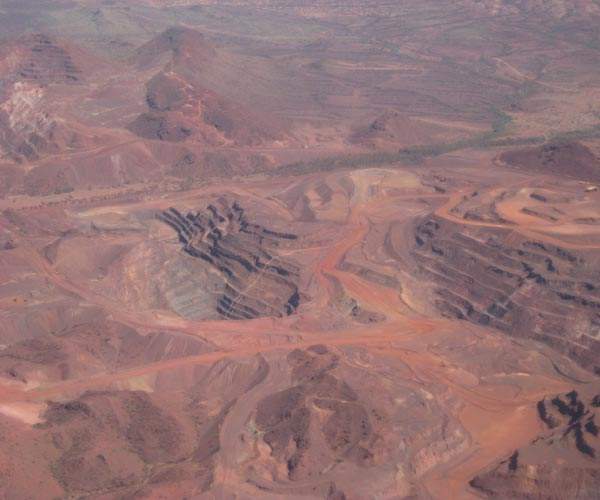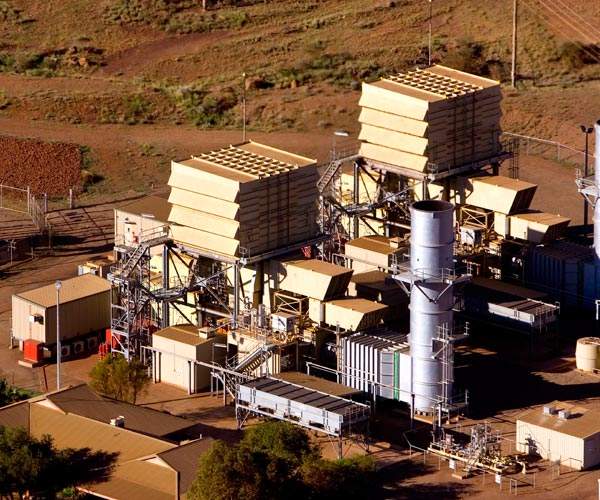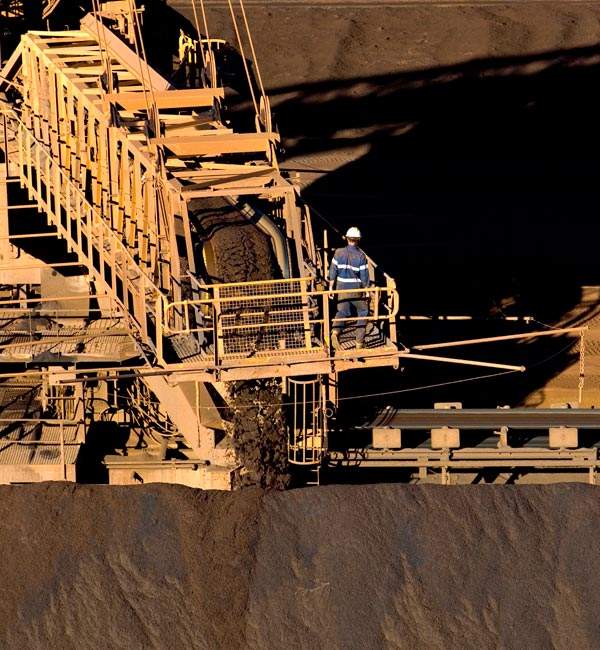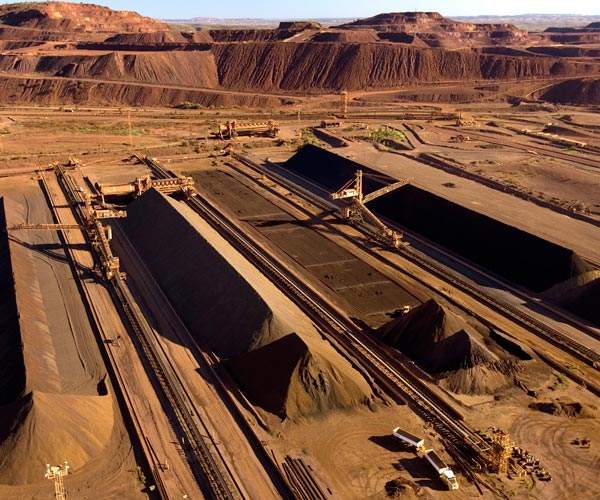Paraburdoo iron ore mine is situated 80km south of Tom Price in Pilbara, Western Australia. The mine is 100% owned and operated by Rio Tinto Iron Ore. It is one of the 12 mines supervised by Rio Tinto in the Pilbara region.
The Paraburdoo mine has been operational since 1972. The mine has an annual production capacity of 23 million tons per annum (mtpa).
Rio Tinto Iron Ore is currently producing 220mtpa from the Pilbara region. It is planning to increase the current capacity to 283mtpa by 2013.
Geology of the Paraburdoo deposit within the Hamersley group formations
Paraburdoo lies in the Brockman bedded iron deposits within the 2.5m thick Hamersley group. The group hosts Archaean and Proterozoic aged rock formations. It is one of the major iron ore provinces in the world and hosts 80% of the reserves discovered to date in Australia.
The basalt rocks were introduced into the Hamersley group due to the volcanic eruption which occurred in the region. The group also hosts sedimentary rocks such as sandstones, which were formed during the Hamersley basin’s formation.
Brockman iron deposits (BID) contain four layers, which include the nethermost Dales Gorge followed by the Whaleback Shale, Joffre and the upmost Yandicoogina. The majority of the minerals in the BID are hosted in the Dales Gorge and Joffre layers.
Proven and probable reserves at the mine as of December 2011 stand at 12mt graded at 63.2% Fe. Measured, indicated and inferred resources are estimated at 113mt graded at 63.4% Fe.
Mineralisation in the dipping banded iron formation (BIF)
The mineralisation occurs in the steeply dipping banded iron formation (BIF) which is deformed due to geological processes and eroded by weathering. The BIF contains highly-rated haematite and magnetite and low-graded goethite.
Carbonates, silicates, phosphorous and chert contaminants are the consociated gangue minerals.
Open-pit mining method and processing at the Paraburdoo iron ore deposit
The Paraburdoo iron ore project is an open-pit operation which utilises the truck and shovel method. The ore extraction from the mine involves drilling, digging, exploring, blasting, loading and hauling.
Drilling is performed through Reedrill SKS12, SKS15, QXR920, QXR920 and QXR920 drill rig units. The drill holes are filled with ammonium nitrate or fuel oil, then blasted to create a decent size pit for excavation. The blasted material is loaded onto haul trucks by using Hitachi EX3600 and EX2500 excavators, an O&K RH200C face shovel and Caterpillar 992 and 998 and Komatsu WA250 and WA900 front-end loaders.
Ore conveyed from the Paraburdoo mine is treated at a central processing plant with a rated capacity of 23mtpa, before being loaded onto rail for export. It is transferred to the plant by 190t to 240t capacity Moxy 06H185 and Caterpillar 785C haul trucks. The processing facility boasts a primary crusher, a screening plant and a gravity separation system.
The ore undergoes two stages of crushing in a primary crusher. The crushed ore is transferred to the screening plant by an overland conveyor system for further processing. It is broken into small pieces at the screening plant to produce non-agglomerated iron ore products, including high-graded haematite and magnetite.
The gravity separation system removes impurities from the ore to produce haematite as an end product. The final product is stockpiled and blended to a maximum size of 31.5mm lump and 6.3mm sinter fines.
Transportation and handling of iron from Rio Tinto’s Pilbara-based mine
The lump and fines are transported to the port of Dampier through the Hamersley & Robe River heavy haul railway for shipment to international customers.
The port of Dampier features a ship-loading facility to export the high quality iron to steel manufacturers in Eastern Asia and Europe.







